13 Black and White Horror Films That Shaped the Genre
Black and white horror can feel like a whisper in a dark room. Shadows, grain, and quiet moments carry much of the fear. These films still surprise through simple tricks of light and sound. Their stories shaped habits that many later movies still follow. Settle in and explore how these classics still cast a spell.
This post may contain affiliate links, which helps keep this content free. Please read our disclosure for more info.
Nosferatu
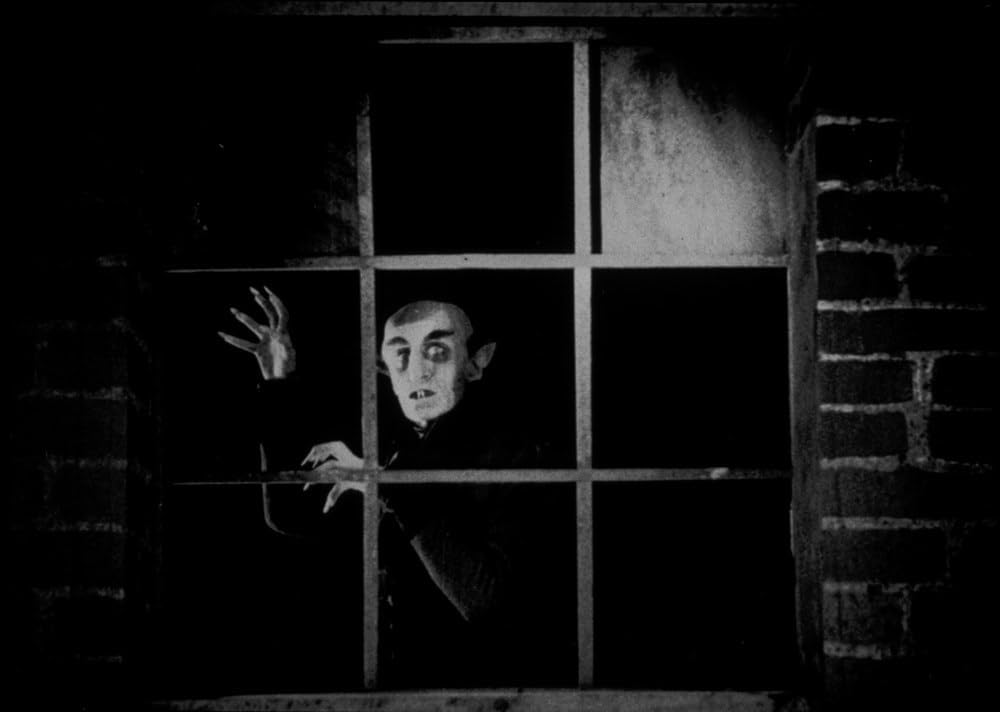
This silent German expressionist film premiered in 1922 and is often seen as one of the first vampire stories brought to the screen. Directed by F. W. Murnau, it starred Max Schreck as Count Orlok, whose unsettling look frightened audiences. The film was an unauthorized adaptation of Bram Stoker’s Dracula. Despite legal challenges, it survived and became a cornerstone of horror cinema. Its eerie visuals and shadow play influenced countless later vampire films.
The film shaped the horror genre by showing how atmosphere could terrify without sound. Its use of distorted imagery and unusual angles created a dreamlike, haunting tone. Modern horror often draws from its techniques, especially the way it built suspense through silence. Film historians point to it as one of the first true cinematic nightmares. Watching Nosferatu today still feels chilling and timeless.
Frankenstein
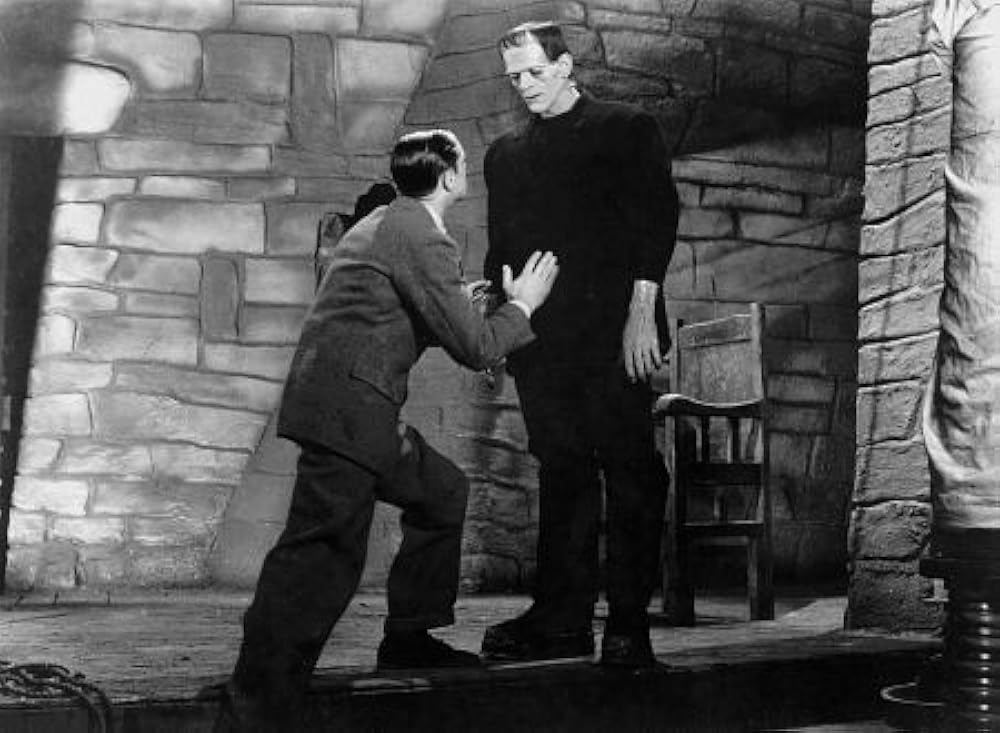
Released in 1931 by Universal Pictures, Frankenstein was directed by James Whale. It featured Boris Karloff in the role of the Monster and Colin Clive as Dr. Frankenstein. The film quickly became one of the most recognizable horror stories in cinema history. Its dark laboratories and gothic imagery left lasting impressions on viewers. The phrase It is alive became one of the most famous movie lines.
The movie helped define the Universal monster era that dominated the 1930s and 1940s. Karloff’s performance turned the creature into a tragic figure rather than just a villain. Audiences were both frightened and sympathetic, which added depth to the horror genre. Its influence is seen in later adaptations, parodies, and Halloween traditions. The film set the stage for horror as a serious and emotional form of storytelling.
Freaks
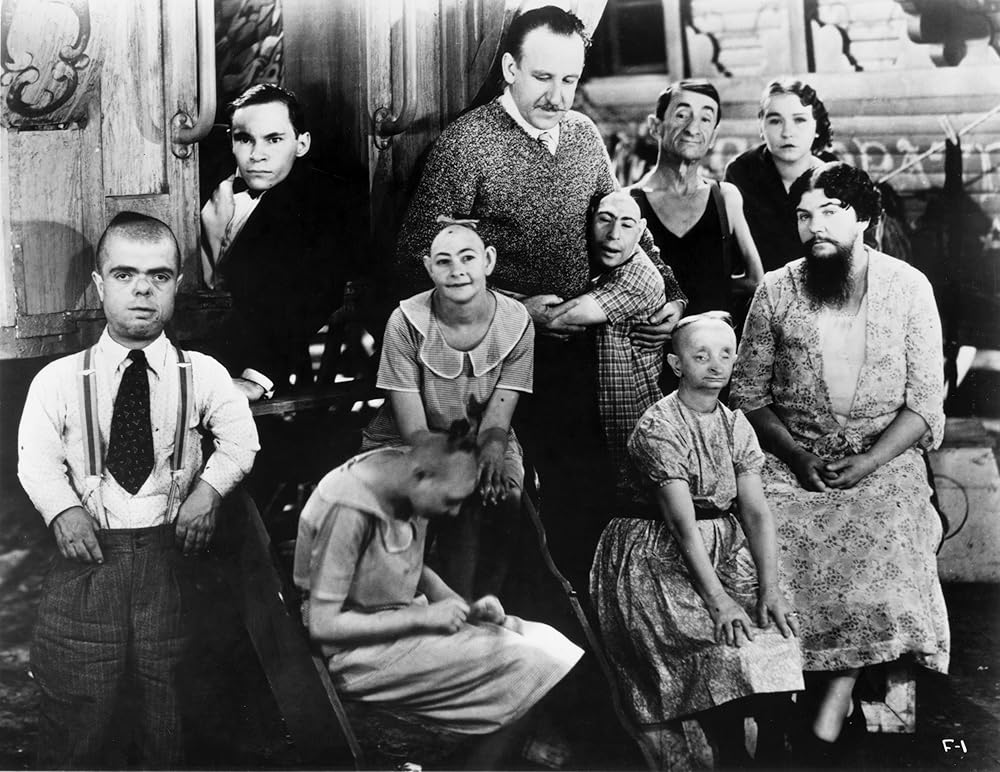
This unusual MGM production premiered in 1932 under the direction of Tod Browning. Unlike other horror films, it featured real circus performers with physical differences. The story focused on betrayal and revenge within a circus community. Its shocking ending disturbed audiences so much that the film was banned in several countries. Over time, however, it gained recognition as an important work of horror.
The film shaped the genre by challenging the audience’s perception of what is frightening. Instead of monsters, it portrayed humans as the true villains. Its raw approach influenced later films that examined human cruelty and prejudice. Today, it is considered a cult classic that pushed boundaries for horror storytelling. Its lasting impact is felt in films that mix tragedy with terror.
The Mummy
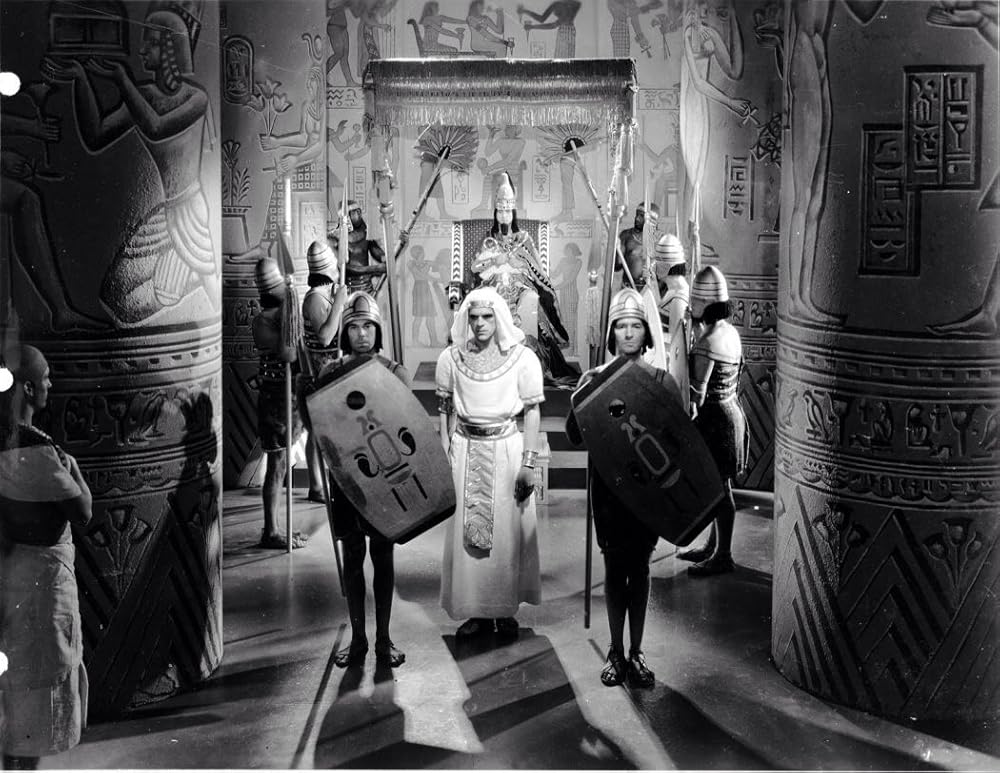
This film debuted in 1932 with Boris Karloff once again taking the lead role. Directed by Karl Freund, it told the story of an ancient Egyptian priest cursed for forbidden love. The haunting image of Karloff as Imhotep became one of the defining figures of horror cinema. With its exotic settings and supernatural theme, it stood out among early Universal monsters. Audiences were both thrilled and frightened by the idea of mummies coming back to life.
The film shaped horror by introducing themes of immortality and ancient curses. Its influence extended into numerous sequels and modern reboots. Karloff’s performance gave the monster both menace and tragic depth. Later films about archaeology and ancient tombs often borrowed its atmosphere. The Mummy showed that horror could extend beyond Europe’s gothic castles.
The Invisible Man
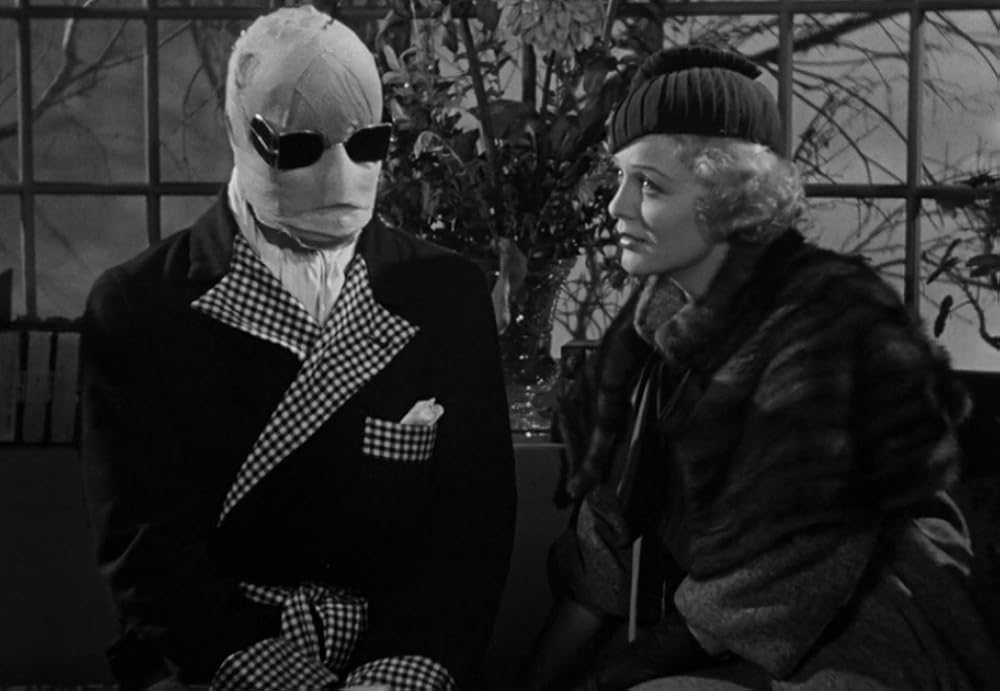
James Whale directed this film in 1933, bringing H. G. Wells’ novel to the screen. Claude Rains starred as Dr. Jack Griffin, whose experiments turned him invisible. Special effects for the time amazed audiences, with objects moving seemingly on their own. The film balanced science fiction and horror with a story of madness. It quickly became another Universal Pictures classic.
The importance of The Invisible Man lies in its use of visual effects to tell a terrifying story. Griffin’s descent into insanity made the film both scary and tragic. Its success encouraged filmmakers to blend horror with science fiction. Many later movies exploring dangerous experiments owe their roots to this story. It remains a favorite for its mix of innovation and suspense.
Dracula
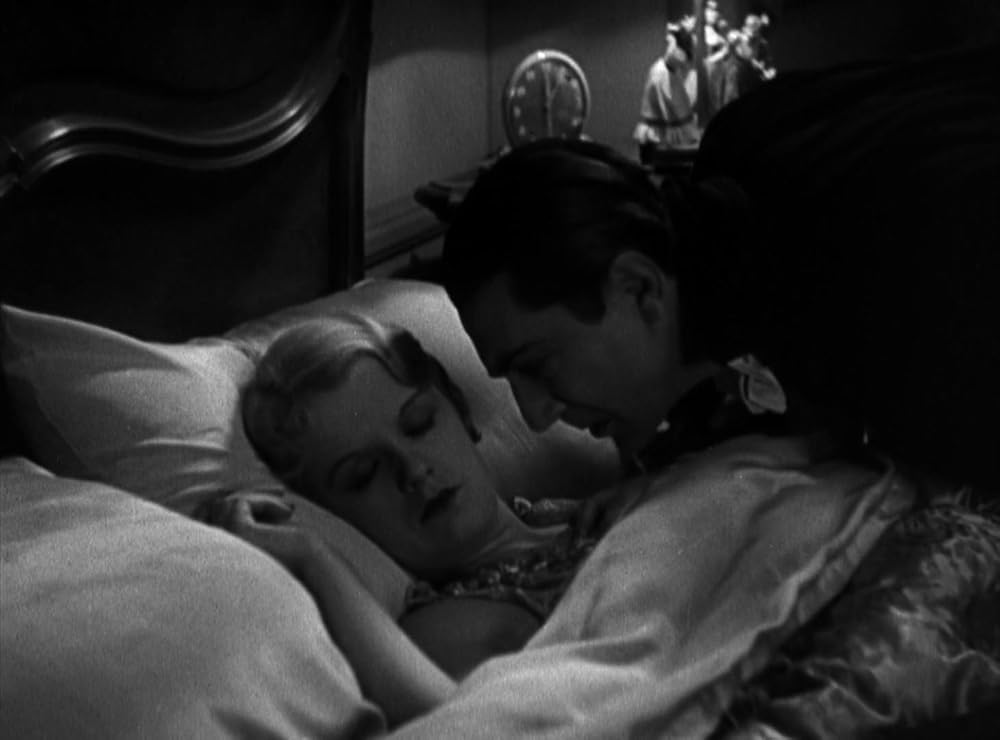
Premiering in 1931, Tod Browning’s Dracula brought Bram Stoker’s vampire to life on screen. Bela Lugosi starred as Count Dracula and delivered a performance that became iconic. The film’s gothic castle settings and eerie silence added to its impact. Audiences were drawn to the chilling presence Lugosi gave the role. It helped solidify vampires as central figures in horror cinema.
The film’s importance lies in how it popularized gothic horror in Hollywood. Lugosi’s mannerisms, accent, and haunting stare became templates for how vampires were portrayed. Its success led to sequels and other Universal monster films. Even modern vampire stories borrow from its imagery. It remains one of the most influential horror films of all time.
Bride of Frankenstein
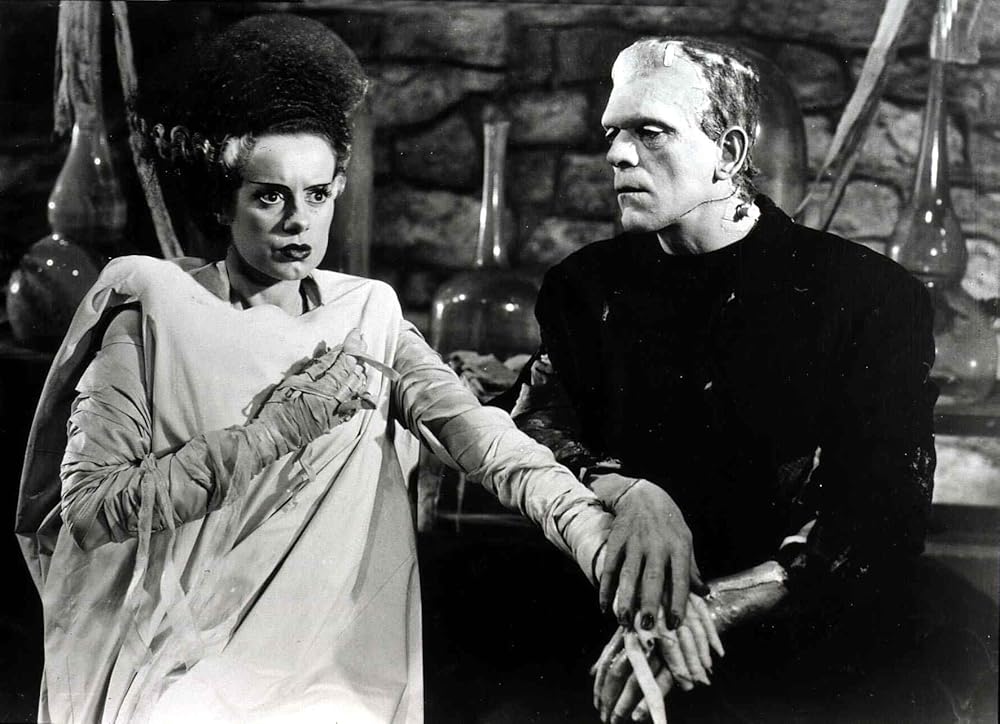
This 1935 sequel was again directed by James Whale. Boris Karloff returned as the Monster, joined by Elsa Lanchester as the Bride. The film expanded the themes of loneliness and the desire for companionship. It was praised for its dark humor and gothic atmosphere. Many critics consider it even greater than the original.
The film shaped horror by showing that sequels could add depth instead of simply repeating the story. Its visual style and emotional themes influenced countless later works. The image of the Bride with her tall hair streaked with white became iconic. Filmmakers often cite it as one of the greatest horror films ever made. Its mix of tragedy, terror, and artistry remains unmatched.
Vampyr
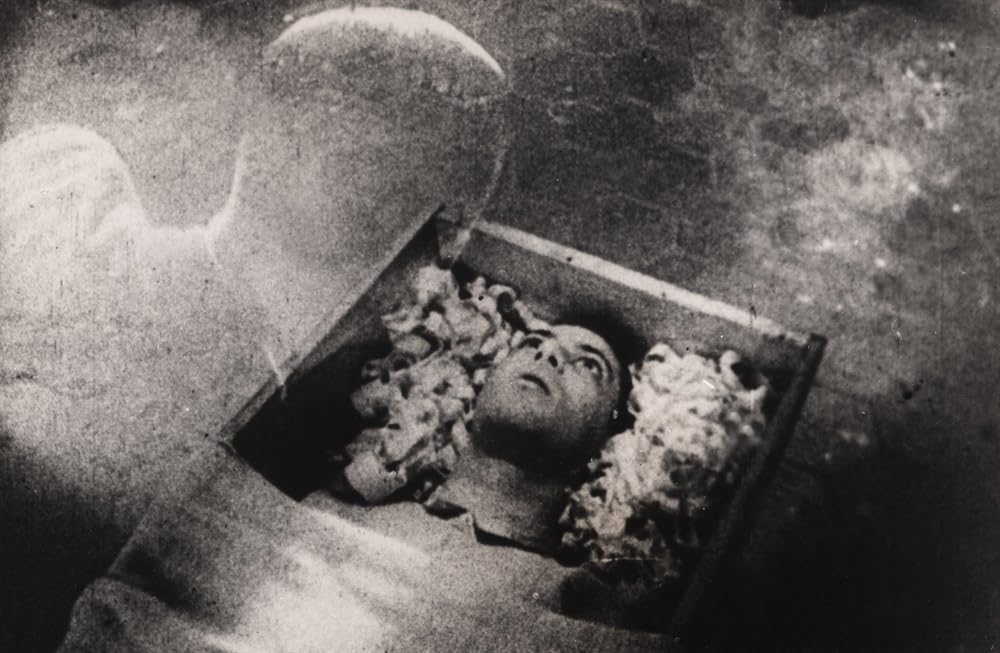
Premiering in 1932, Vampyr was directed by Carl Theodor Dreyer. It followed the story of a young man who becomes entangled with supernatural forces in a mysterious village. The film used dreamlike imagery and eerie sound design. Unlike other horror films of the time, it relied heavily on atmosphere instead of dialogue. Its surreal style confused audiences at first but later gained admiration.
The film shaped the genre by showing how horror could feel like a nightmare on screen. Its use of shadows, fog, and slow pacing created a sense of unease. Many modern directors studied its visual approach to suspense. It influenced arthouse horror films that prefer mood over shock. Vampyr remains a unique and haunting piece of cinema history.
Cat People
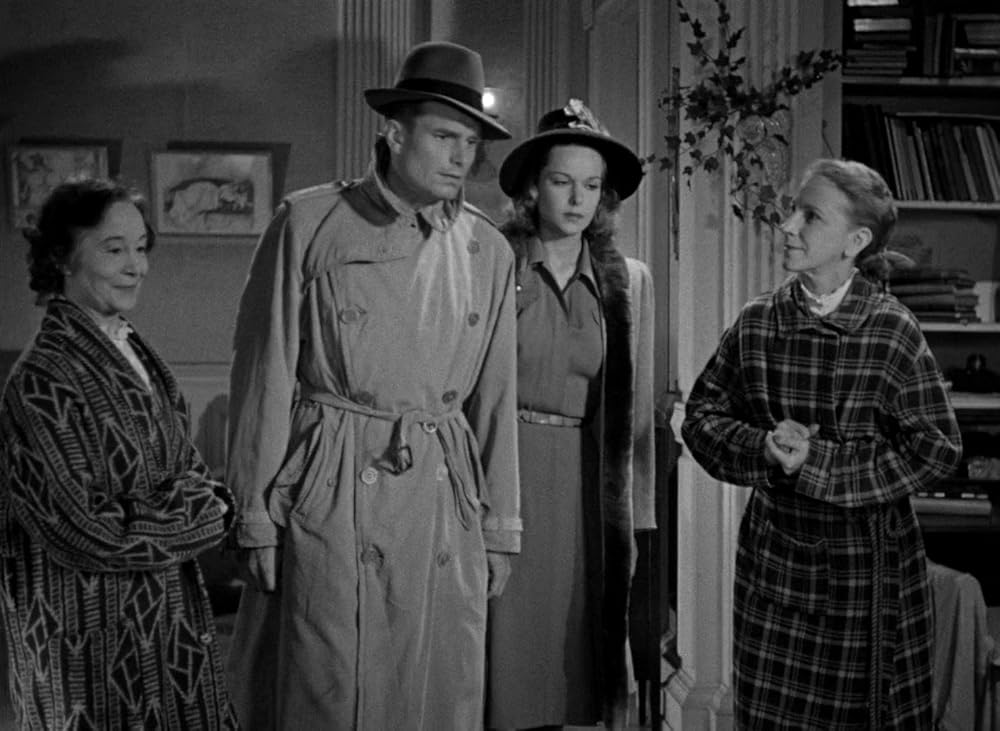
This RKO production premiered in 1942 under the direction of Jacques Tourneur. It starred Simone Simon as a woman who feared turning into a panther when aroused. The film avoided showing monsters directly, instead relying on suggestion and suspense. Its use of lighting and shadows created some of the most famous horror scenes of the era. Audiences were unsettled by its psychological approach.
The film influenced horror by proving that what is unseen can be scarier than what is shown. Its Lewton Bus scare became one of the earliest jump scares in film. Critics later recognized it as a turning point in suspense-driven horror. Its subtle storytelling contrasted with the more gothic monsters of the time. Modern psychological horror often traces inspiration back to Cat People.
The Cabinet of Dr. Caligari
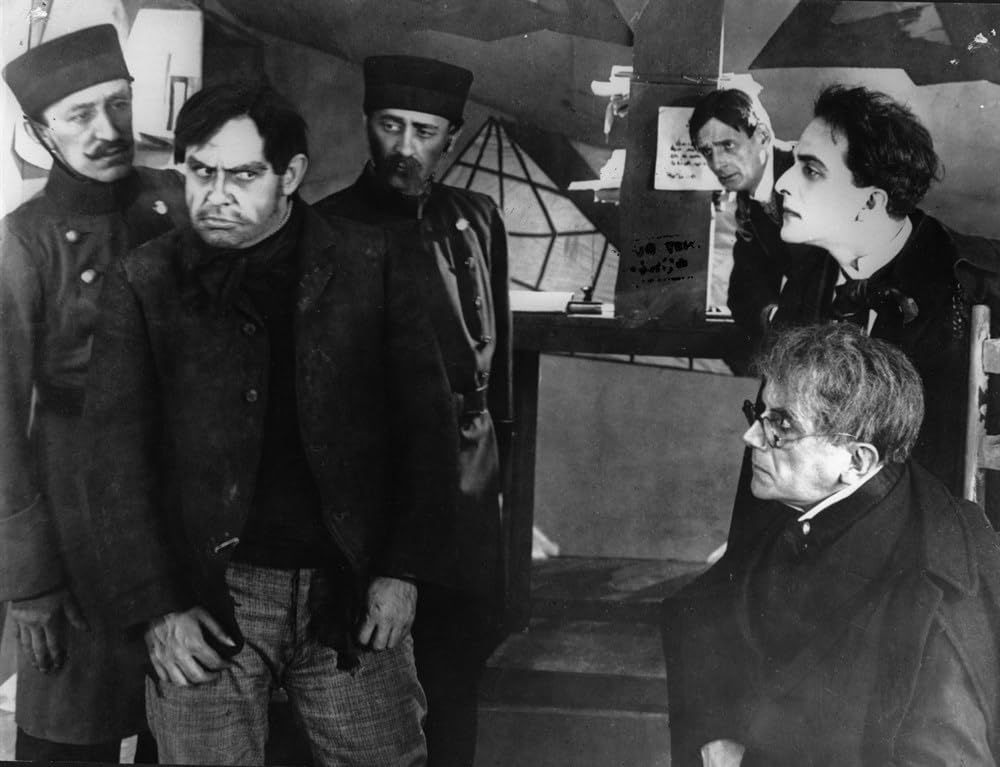
Released in 1920 in Germany, this silent film was directed by Robert Wiene. It told the tale of a hypnotist who uses a sleepwalker to commit murders. The set design used twisted shapes and painted shadows that looked dreamlike. Audiences at the time had never seen anything like it. The film’s strange style made it stand out immediately.
This movie shaped horror by influencing both visual design and psychological themes. Its expressionist style became a template for later horror films. The story’s twist ending also inspired future filmmakers to use similar narrative surprises. Many critics call it the first true horror film. It continues to be praised for its bold artistry and unsettling imagery.
The Wolf Man
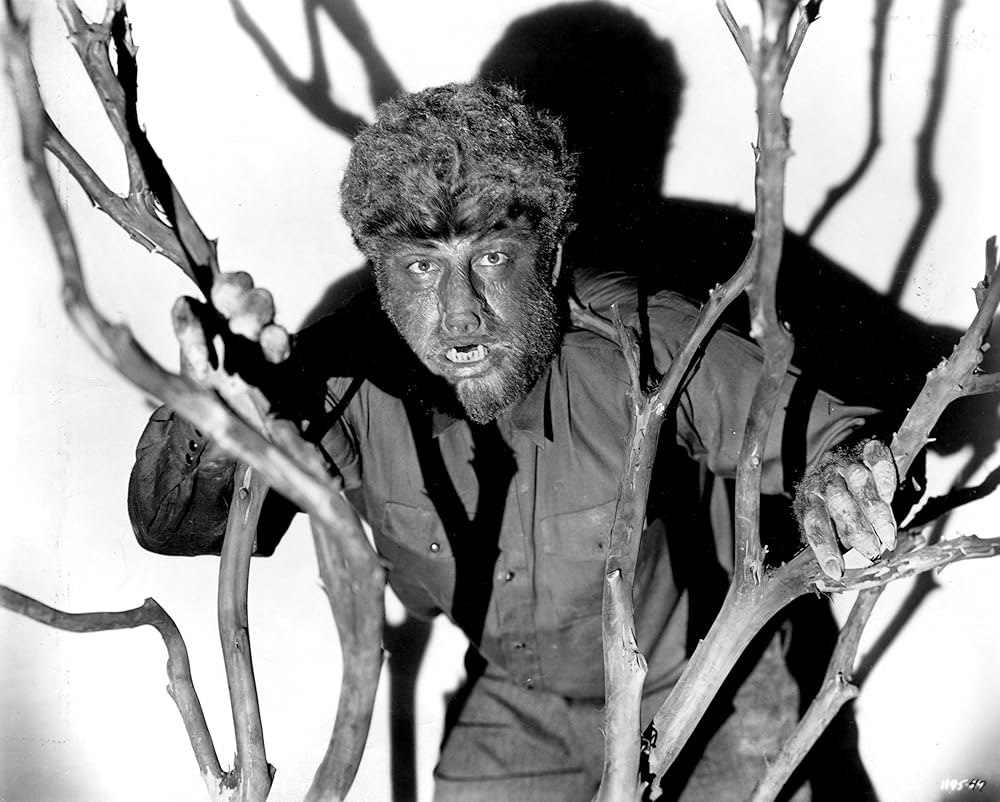
This 1941 Universal classic starred Lon Chaney Jr. as Larry Talbot, who becomes cursed to turn into a wolf. Directed by George Waggner, the film combined folklore and tragedy. Makeup effects for the transformation scenes amazed audiences. The idea of a man struggling with an uncontrollable curse made it relatable and terrifying. It became one of the studio’s signature monster films.
The film shaped horror by solidifying the werewolf as a cinematic monster. Its themes of fate and doomed existence influenced later stories. Lon Chaney Jr.’s role made him a central figure in Universal horror. The success of The Wolf Man led to sequels and crossovers with other monsters. Its tragic tone still resonates with audiences today.
Phantom of the Opera
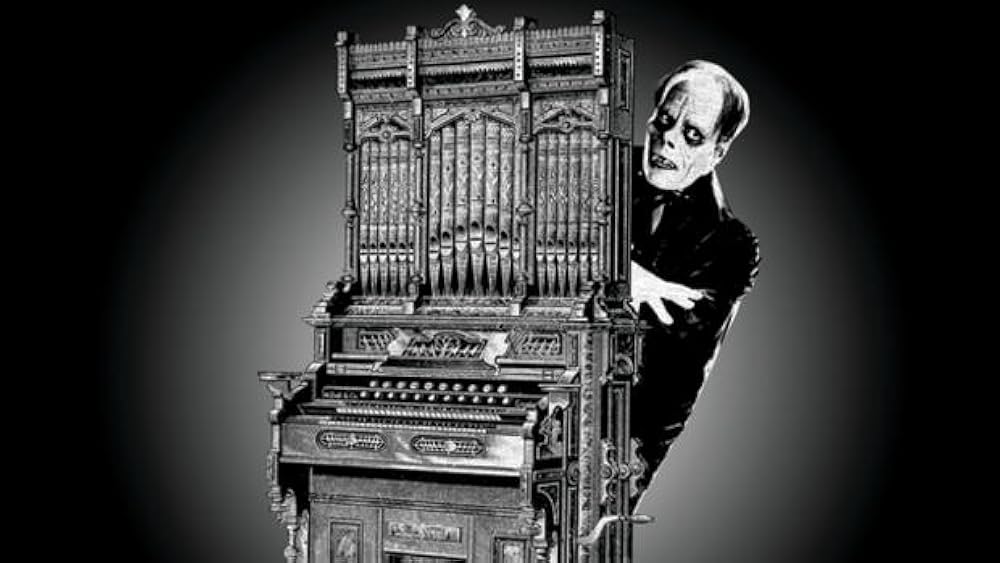
Premiering in 1925, this silent film starred Lon Chaney as the Phantom. His shocking makeup, which he designed himself, frightened audiences at the time. The story followed a masked figure haunting the Paris Opera House. The elaborate set design, including the famous chandelier scene, impressed viewers. It remains one of the great silent horror films.
The film shaped the genre by showing how makeup and visual effects could create terror. Chaney’s dedication to his role earned him the nickname The Man of a Thousand Faces. The Phantom became an enduring character in both film and stage adaptations. Later horror films borrowed its blend of romance and terror. Its influence is still seen in modern retellings of the story.
White Zombie
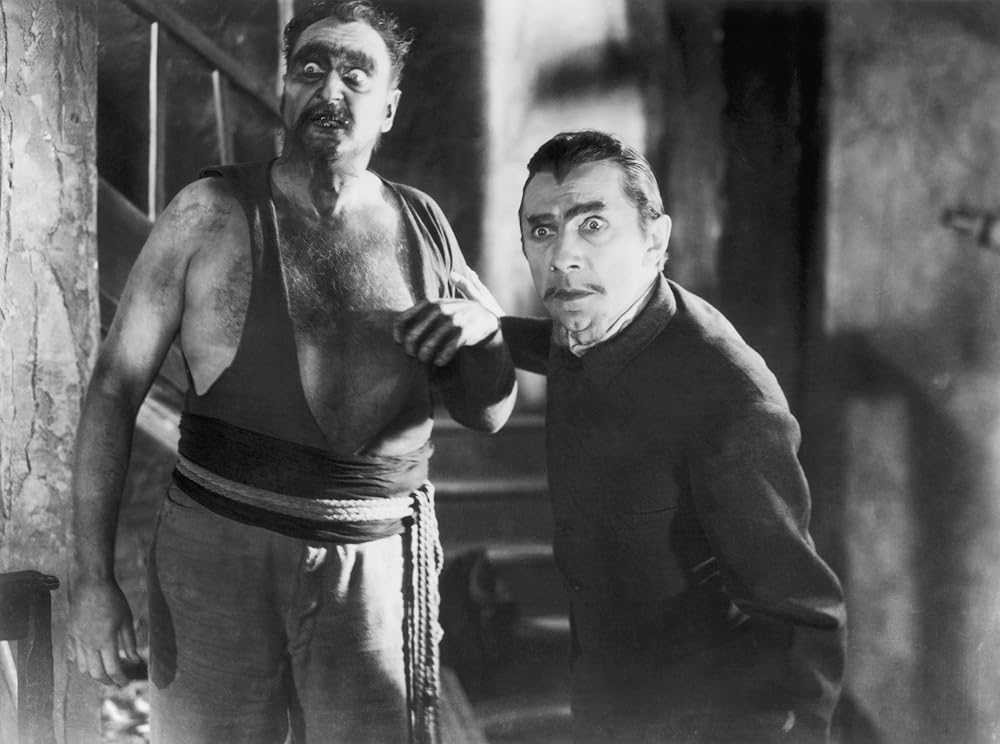
This film was released in 1932 and is often considered the first feature-length zombie movie. Directed by Victor Halperin, it starred Bela Lugosi as the sinister master of zombies. The story centered on a young woman forced into a living death by supernatural means. Its Caribbean setting gave it an exotic backdrop. Audiences were fascinated by its chilling atmosphere.
The film helped shape horror by introducing the zombie figure to cinema. Unlike modern zombies, these creatures were controlled by a master. Lugosi’s performance gave the film its unsettling power. Later zombie films by George Romero and others owe a debt to this work. White Zombie laid the foundation for one of horror’s most popular subgenres.
The influence of early horror cinema still echoes in the movies we see today. Black and white films laid the groundwork for stories that mix fear, imagination, and unforgettable characters. Watching them now offers both chills and a glimpse into the foundations of the genre. Take some time to explore these classics and see how they continue to inspire generations of filmmakers.
This article originally appeared on Avocadu.
